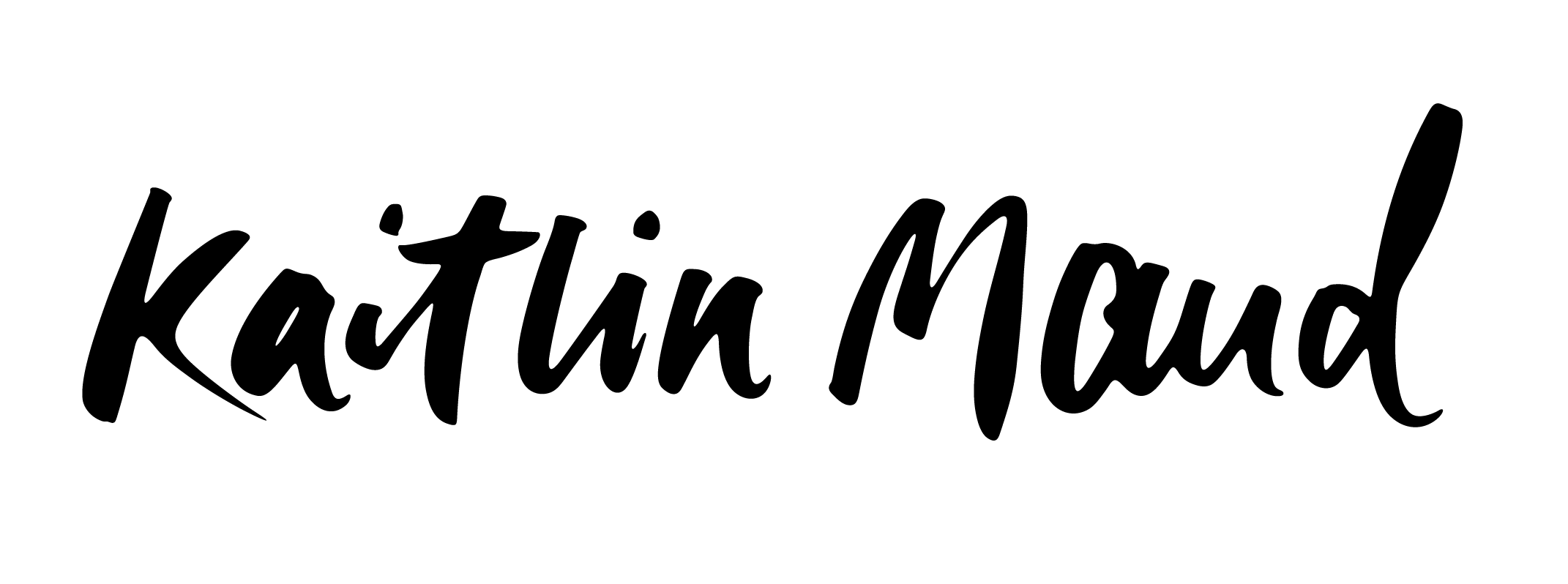Numbers Only Tell Part of the Story
A hot topic in social media for both clients and agencies alike is how to get big numbers across social media accounts. We get attached to numbers so easily. “How MANY comments did we get?” “How MANY followers do you have?” It’s important to remember to step back from the numbers and look for the big story. “What are we saying that resonates with our audience?” “What are our customers trying to tell us?”
I am guilty of this myself. On Thursday I was reminded that even if a client is a “numbers person”, promising a certain number of Facebook likes or Twitter followers won’t give them value. You have to promise numbers that support a bigger picture. “Our goal is to engage in five meaningful conversations through each key channel each week.”
For the second year in a row, I participated in the #brandbowl Twitter chat during this year’s Super Bowl. While it was a fun platform to talk about the advertisements, I realized that the Radian6/Mullen #brandbowl analysis this year only told a small part of the story. Radian6 is a tool we use (and love!) at Small Army to help us gather data about conversations that are happening on the internet. Among other information Radian6 gives, it can tell us how many people have mentioned a given company, or in #brandbowl’s case- a commercial, during a specific period of time. For example, Doritos ranked #2 in number of brand mentions during the Super Bowl. The important thing to understand is that like any tool, Radian6 only judges the data available, not the context, and that’s where people (like yours truly) are necessary to come in for analysis. What the #brandbowl data itself didn’t factor about Doritos is that they aired four commercials during the time period examined, compared to others in the ranks who only aired one or two. In that case, Doritos essentially bought their mentions, because it’s fair to assume that more commercials = more comments from the online community.
Radian6 also reads things like “sentiment” from mentions of a brand online, determining the overall tone by the context of the words. Words like “kill” would be read as negative and words like “smile” would read as positive. Unfortunately, “sentiment” doesn’t read things like sarcasm or satire, thus skewing the numbers. If my #brandbowl tweets were any indication, sarcasm runs rampant on Twitter during events like the Super Bowl and it’s likely that some of the “positive” mentions for ads like Brisk (which ranked in the top 10) were people tweeting sarcastically “Wow, I’m really glad I get to see Eminem in claymation! I’ve been waiting for this glorious day to come since the premier of 8Mile!”
Context is key when it comes to data analysis. You’ll see in the final #brandbowl standings, Best Buy’s commercial featuring Ozzy Osbourne and Justin Bieber ranked 5th in number of mentions. You might wonder why it ranked so high (given that there was little content or purpose of the commercial outside of its celebrity cameos) but everyone in the Twitterverse knows that Justin Bieber is a constant trending topic and Mashable has even reported that 3% of Twitter’s servers are dedicated to Justin Bieber tweets. It’s fair to assume that, because there are always a disproportionate number of tweets about Bieber, that Bieber appearance in the Best Buy commercial likely tipped the scale and set off a flurry of tweets from the Beliebers.
When discussing Super Bowl advertising success, it’s most important to note that Twitter is not the most accurate barometer to gauge reactions. According to Pew Research Center, only 8% of adult internet users are active on Twitter. That means, that while the Twitterverse may have favored certain commercials, it is probably not the most accurate meter of overall brand success. It would be interesting to look deeper into what kind of people are most active on Twitter (both demographics and personality types) and consider why those types of people favored certain commercials above others. In most cases, to compliment Radian6, it’s important to do your own research. At Small Army we took a written poll of what commercials our employees favored most and posted it here.
What do you think about #brandbowl’s analysis? How would you have worked to make it more comprehensive?
*this post originally appeared on Through the Ears of an Entrepreneur
